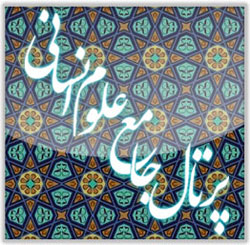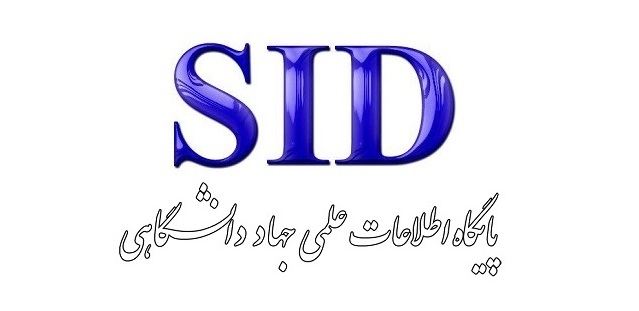Analysis of the National Epic of Rostam in Ferdowsi’s Shahnameh from the Perspective of Religious Epic
Keywords:
Ferdowsi's Shahnameh, national epic, Rostam, religious epicAbstract
National epics are expressions of the beliefs, culture, and ancient customs of a people, created based on myths and rituals. Ferdowsi is a poet who both "creates and composes epics," and epic poetry is defined as a genre that evokes the spirit of zeal, bravery, intensity, and resistance—whether its theme is inherently epic or centered on the story of a hero. Shiite epic upbringing, grounded in ancient culture and religious tradition, serves as a pathway to opening new horizons in social function and decisive historical arenas—an endeavor whose necessity is increasingly felt. The present study aims to examine the commonalities between national epic and religious epic. Using a descriptive-analytical method and relying on library research, this study seeks to analyze the epics of Rostam in the Shahnameh by referring to the foundations and teachings of the Qur'an. The findings of this study indicate that although the foundations of national epic align with those of Islamic education, there are aspects within the national epic that diverge from Islamic educational paradigms. These distinctions are explored in the current research.
Downloads
References
1. Akbari HA. Discourses on Heroic Education: Examining the Role of Heroic Education Discourse in Achieving Religious Ideals: Imam Asr Publications: Qom; 2013.
2. Attari Kermani A. Rostam at the Peak of Heroism: Peykan Publishing: Tehran; 2004.
3. Safa Z. Epic Composition in Iran: Ferdows Publishing: Tehran; 1995.
4. Khaleghi Motlagh J, Ali D. The Flower of Ancient Sorrows (Selected Articles on Ferdowsi's Shahnameh): Tehran: Markaz Publishing; 2014.
5. Rypka J. History of Persian Literature: From Ancient Times to the Qajar Era: Tehran: Scientific and Cultural Publishing; 2002.
6. Mohammadi H. "The Image of Imam Ali (AS) in Religious Epics.". Kayhan Farhangi. 2004(216):24-7.
7. Shamshirgarha M. "Stylistic Analysis of Religious Epics in Persian Literature.". History of Literature. 2010(64):133-60.
8. Shahbazi A. "Religious Epic Composition in Persian Literature.". Mirror of Heritage. 2014(55):183-210.
9. Mirzaei MS. "Introducing Religious Epics in Ferdows Garden's Four Streets and Examining Its Connection with Ferdowsi's Shahnameh.". Stylistics of Persian Poetry and Prose (Spring of Literature). 2014:213-31.
10. Moradi I. Shahnameh and Rostam's Heroism: Cultural Services: Kerman; 2010.
11. Arabiani Nishabouri A. Famous Figures of Shahnameh with a Symbolic Approach: Taraneh: Mashhad; 2010.
12. Mohammadi Reyshahri M. Mizan al-Hikmah: Dar al-Hadith: Qom; 1995.
13. Tabrizi Fa-DM. Majma' al-Bahrain: Mortazavi: Tehran; 1996.
14. Sajjadi DSH. A Discourse on Islamic Ethics and Applied Ethics: Payam Ketab: Tehran; 2012.
15. Hamidian S. Thought and Art of Ferdowsi: Nashr Markaz: Tehran; 1993.
16. Serami G. From the Color of Flowers to the Pain of Thorns: Scientific and Cultural Publishing Company: Tehran; 2009.
17. Velayati AA. Encyclopedia of Chivalry (Futuwwa: Origins and Roots): Amir Kabir: Tehran; 2012.
18. Mousavi-Lari SM. Examining Ethical and Psychological Issues: Islamic Publishing Office: Qom; 2012.
19. Leithi Wasiti AiM, Hassan Safi B. The Holy Quran Uyoun al-Hikam wa al-Mawa'ez: Dar al-Hadith: Qom; 1997.
20. Choubineh S. Theoretical and Practical Wisdom in Ferdowsi's Shahnameh: Navid: Tehran; 1998.
21. Reza F. A Look at Shahnameh: Scientific and Cultural Publishing: Tehran; 1995.
22. Khodadadi M, Malek Sabet M, Jalali Pandari Y. "The Position of Fakhrnameh Among Religious Epics.". History of Literature. 2019(202):95-119.








